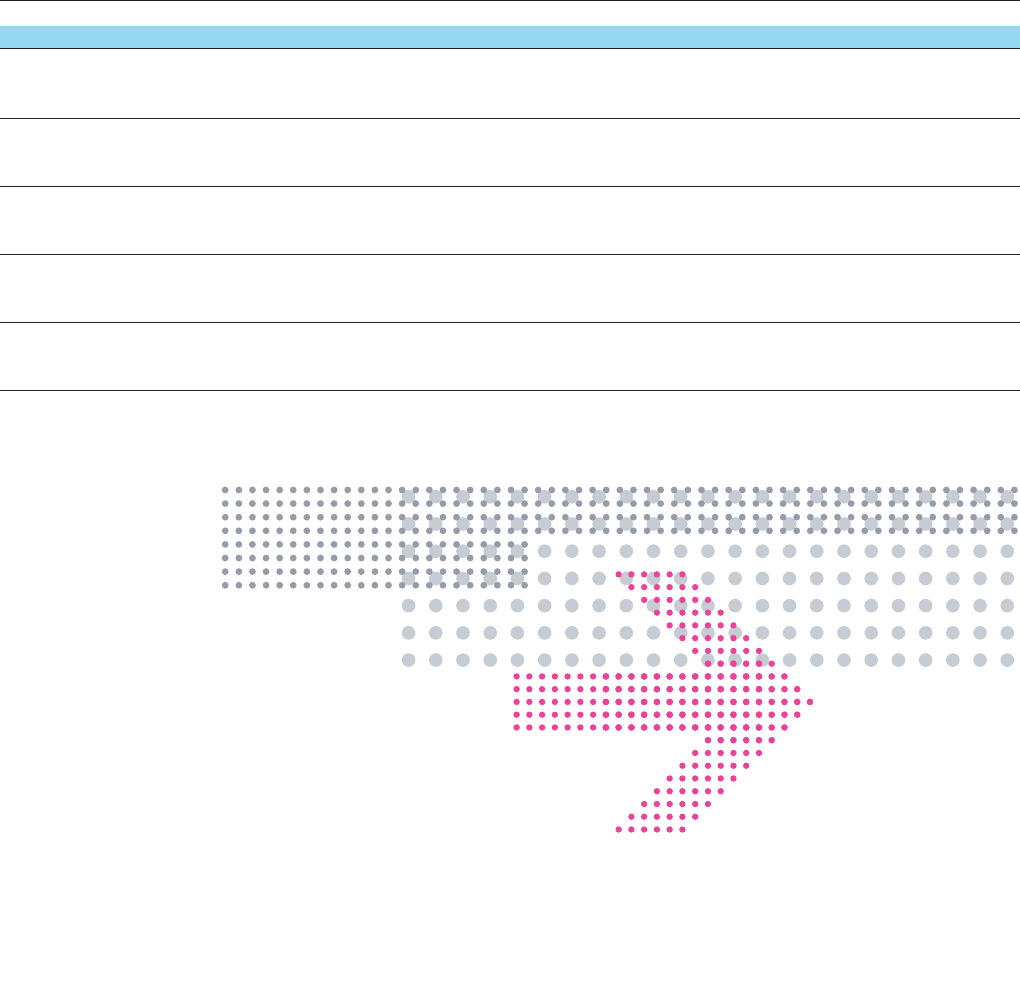
10 Alcatel-Lucent 1540 Litespan
The modular Alcatel-Lucent 1353 Litespan Management System (LMS) incorporates several management
modules, depending on the network topology and system management requirements. The capability to run
network management applications from any server in the system reduces the number of servers required, lowering
your CAPEX. The internal communications framework makes the Alcatel-Lucent 1353 LMS independent of
some third-party applications, thereby reducing your software license costs. And, remote provisioning, upgrading
and testing reduces truck rolls and lowers operating expenditures (OPEX).
Managing for Success
Table 2. Key Features and Benefits of the Alcatel-Lucent 1353 LMS
FEATURE DESCRIPTION
Narrowband and broadband applications in a single server The Alcatel-Lucent 5523 AWS and 1353 DN applications can run on a single
server, thus optimizing hardware investments, which are used to run the
Alcatel-Lucent 1353 LMS for managing small networks.
Alcatel-Lucent 1353 LMS high availability System availability is enhanced through N+1 server redundancy, which keeps
the system resilient by having a stand-by server take control of applications
running in the faulty server.
Common integrated desktop in Alcatel-Lucent 1353 LMS Operators can run any network management application from any server in
the system. This reduces the number of servers required to run all applications
for the Alcatel-Lucent LMS. The net result is reduced investment in hardware.
Logical inventory Using the logical inventory, operators can query specific access nodes about
the type of subscriber, as well as the directory number, rack, subrack, and
physical ports.
Outband and in-band interfaces for the DCN The outband and in-band interfaces provide any kind of connectivity to the
access nodes from the Alcatel-Lucent LMS, by using either outband or in-band
connections — the same connections that are used for traffic payload.














